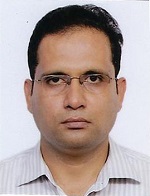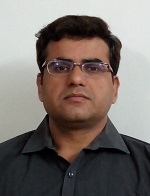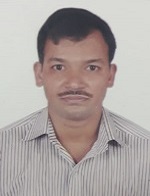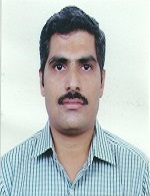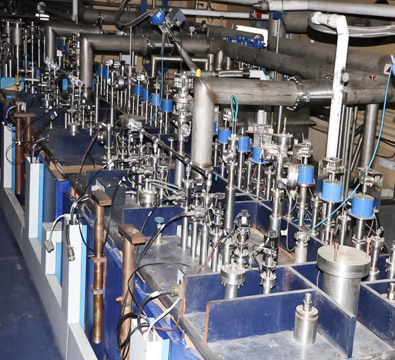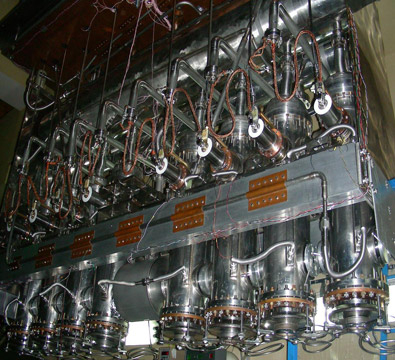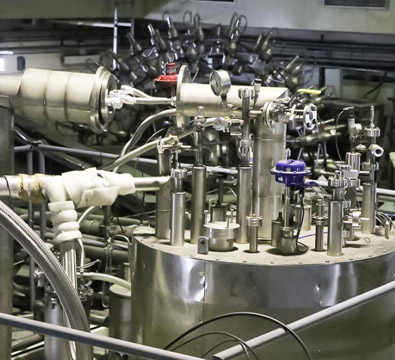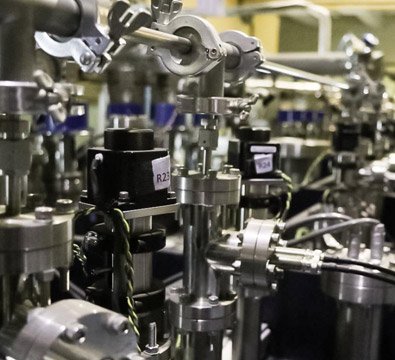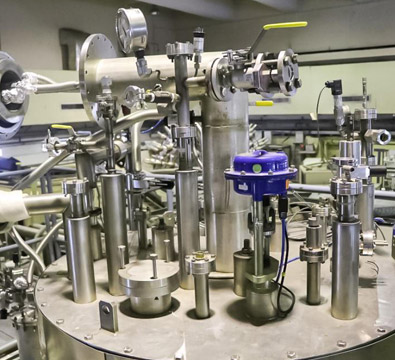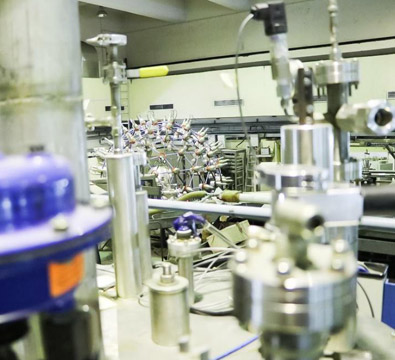Superconducting Linear Accelerator
The superconducting linear accelerator (SC Linac) at Inter University Accelerator Centre (IUAC) serves as a booster to the 15 UD Pelletron and is designed to accelerate ion beams up to mass 80 above the Coulomb barrier of 5MeV/nucleon for symmetric systems. The SC linac consists of three accelerating modules each housing eight Niobium Quarter Wave Resonators (QWR) and an 8 Tesla superconducting solenoid, a superbuncher and a rebuncher module housing one and two QWRs respectively.
The design and development of the linac started in the early ’90s in collaboration with Argonne National Laboratory (ANL), USA. IUAC personnel was stationed at ANL to carry out the design and subsequent fabrication of the QWRs. The first milestone was the successful testing of the superbuncher in 2001. This was followed by the first beam acceleration in 2005. The complete linac has been operational since 2012 and delivers ions beams for user experiments on a routine basis.

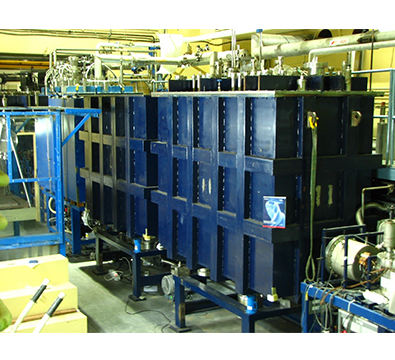
Niobium Quarter Wave Resonators
The SC Linac uses Quarter Wave Resonators (QWR) as the accelerating and bunching element. These operate at 97 MHz and are variants of a coaxial transmission line shorted at one end and open at the other. The high voltage at the open end is used for particle acceleration. The length of the central element of the resonators is approximately equal to one-fourth of the free space wavelength of the electromagnetic wave propagating inside the cavities and hence the name quarter-wave resonators. The resonators are constructed from bulk niobium and are jacketed by an outer vessel of stainless steel. Transitions from stainless steel to niobium are provided through explosively bonded Nb-SS transition flanges. During operation, the resonators are bath cooled at 4.2 K with liquid helium.
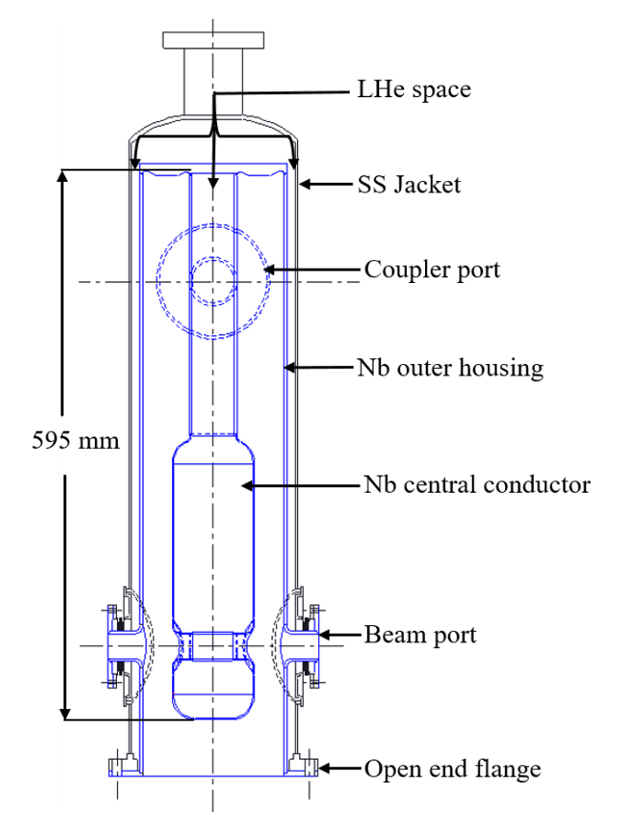
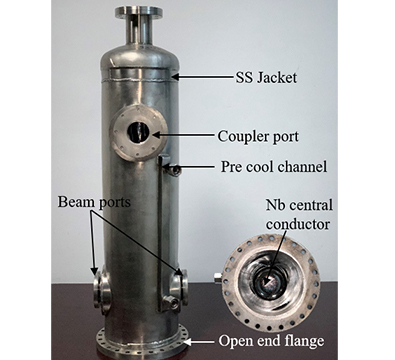
Table 1. Electromagnetic parameters of the QWR
| Operating frequency | 97 MHz |
| Optimum beta (v/c) | 0.08 |
| Stored energy @ 1 MV/m accelerating field | 0.110 J/(MV/m)2 |
| Peak surface magnetic field @ 1 MV/m accelerating field | 13.2 mT |
| Peak surface electric field @ 1 MV/m accelerating field | 3.9 MV/m |
| Geometric factor (QRs) | 15.1 |
| Shunt Impedance ( RSh/Q) | 382 |
| Effective accelerating length (Leff) | 159 mm |
| Operating Temperature | 4.2 K |
| Design value of operating accelerating field (Ea) | 4 MV/m |
| Quality factor @ Ea | >2x108 |
Beams Accelerated through Linac
Ever since the SC Linac has been operational several ion beams have been accelerated and delivered for user experiments in the Hybrid Recoil Mass Analyzer (HYRA) and the Neutron Detector Array (NAND) facilities at the centre. Table 2 below lists the various beam species accelerated through the linac alongside its charge state, the total energy, the maximum energy gain from linac, the experimental facility using the beam and the year of delivery:
| S. No. | Beam species | Charge state | Total beam energy | Max. Egain from Linac | Experimental facility (year) |
|---|---|---|---|---|---|
| 1 | 48Ti | 15+ | 300 MeV | 132 MeV | NAND (2015) |
| 2 | 37Cl | 13+ | 245 MeV | 95 MeV | HYRA (2015) |
| 3 | 35Cl | 13+ | 259 MeV | 109 MeV | HYRA (2015) |
| 4 | 18O | 8+ | 155 MeV | 55 MeV | HYRA/NAND (2017) |
| 5 | 16O | 8+ | 150 MeV | 50 MeV | HYRA/NAND (2017) |
| 6 | 30Si | 11+ | 212 MeV | 92 MeV | HYRA (2020) |
| 7 | 28Si | 11+ | 210 MeV | 85 MeV | NAND (2020) |
| 8 | 19F | 9+ | 190 MeV | 90 MeV | HYRA (2020) |
* Energy gain are as per user requirement and is not the maximum achievable value.
Group Members and Contact Details

